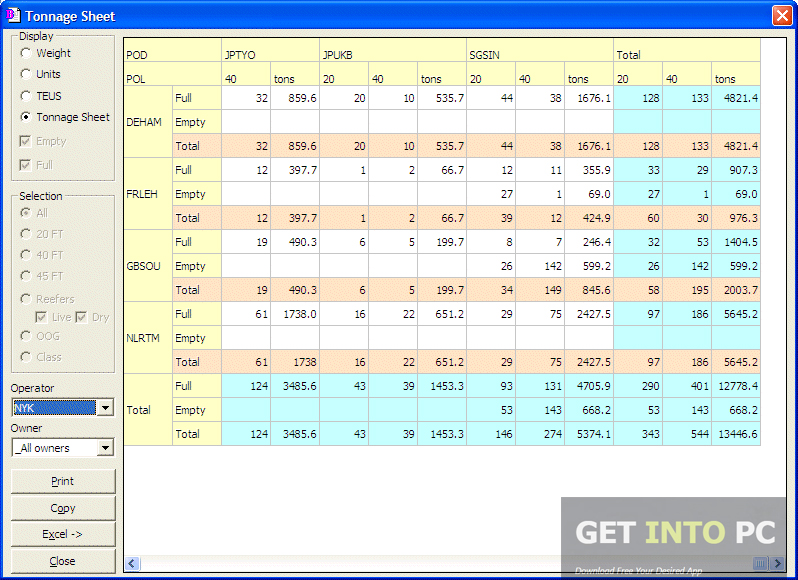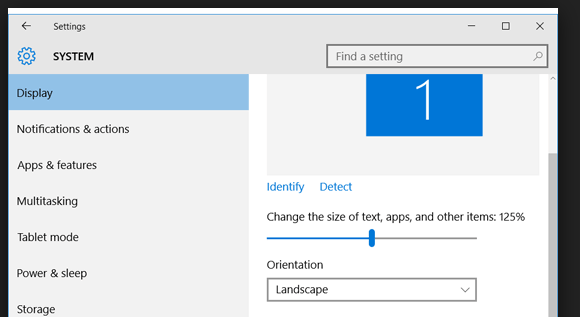

Then use Ctrl+PgDn to open the Expr field in the first line (the one that has ObjType = 1 and ObjCode = 53 ) and remove the contents of the Expr, Tag1, and Tag2 fields. The report may not print properly if a user tries to print on a different printer.Īs a result, it's necessary to "hack" the report file and remove printer-specific information before delivering it to users. When FoxPro builds a report, it embeds the name of the printer for which it was designed into the report layout.

This leads to one of the most annoying problems with the FoxPro Report Designer. Printer ProblemsįoxPro embeds the name of the printer that you choose, or the name of your default printer if you don't choose one, into your reports. If you print more than one column of records, you can choose either row-major (left to right, top to bottom) or column-major (top to bottom, left to right) order. Within the Page Setup dialog, you can also select Print Setup and specify a Landscape report if your printers permit it. You can also tweak printer settings and change the target device if you're building a report that must run on a particular printer, for example, a dot matrix printer with NCR (no carbon required) multicopy forms. If you select File, Page Setup from the FoxPro IDE menu to open the Page Setup dialog, you can easily change a report to print two or more columns, or change column margins. The default page layout of a FoxPro report is a single column, the width of which is determined by the characteristics of your default printer. Also, two toolbars ”Report Controls and Report Designer ”are available and meaningful in the context of the Report Designer. In FoxPro 8 and higher, a Printer Environment selection has been added. A Report menu pad is added to the FoxPro system menu _MSYSMENU, making additional options available. When you create a new report, the only bands that are added are Page Header, Detail, and Page Footer. Type CREATE REPORT SimpleReport1 to open a new, blank report, as shown in Figure 10.1. The resulting interaction between the report file, the FoxPro report processor, and the data is what gives you the end product. To design a report, you create a basic layout, then add bands and grouping to correspond to data ordering or indexing that will be done before the report is run. The FoxPro Report Designer has bands for Title, Summary, Header, Footer, Group, and Detail bands. We'll look at GenRepoX later in this chapter to give you some ideas. That's the basis of GenRepoX.PRG, the amazing pre- and post-processing utility written by Markus Egger. So take the usual precautions to back files up first, and you can do just about anything you can imagine. Hacking system tables has its risks, but the open nature of FoxPro has long endeared it to developers. Because they're FoxPro tables, you can make changes programmatically or manually to the contents of these tables. Reports in Visual FoxPro are stored in a pair of tables with the extensions. For many years, FoxPro has provided an easy and cost-effective way to report on tabular data. However, don't let the apparent simplicity fool you. So you have one command to create the report and one command to display the report. The SUMMARY option prints only the summary lines detail lines are suppressed. NOCONSOLE prevents the output from being duplicated on the _Screen surface, which is never desirable. The PREVIEW keyword lets users see their report before they decide to print it. However, three of these keywords are used almost every time: And if your report is running so slowly that you feel the need to include the NOOPTIMIZE keyword, there's definitely a better way to fix what's wrong. So if you're using most of these options, there's probably a better way to do what you want to do. Similarly, the PLAIN and TO FILE TextFileName ASCII options that produce a primitive text output have long since been replaced with Excel, HTML, and other types of output the RANGE command is a command-line device to print only certain pages as a hands-on filtering mechanism.
#Foxpro 2.6 printing settings how to
Neither one is the right way to decide how to include data in a report rather, ordering and filtering should be done before you call the report. For example, FOR is a filter expression, and WHILE stops the report when the WHILE condition is no longer satisfied. Some of this syntax is obsolete or leads to bad practices. The Report Form Command Syntax REPORT FORM FileName1 ? ] WINDOW WindowName IN SCREEN] ] TO FILE FileName2 ] The "official" syntax is shown in Listing 10.1. REPORT FORM (name) TO PRINT PREVIEW NOCONSOLE The FoxPro Report Designer is activated when you typeĮither of which does the same thing. Reporting in FoxPro is deceptively simple.


 0 kommentar(er)
0 kommentar(er)
